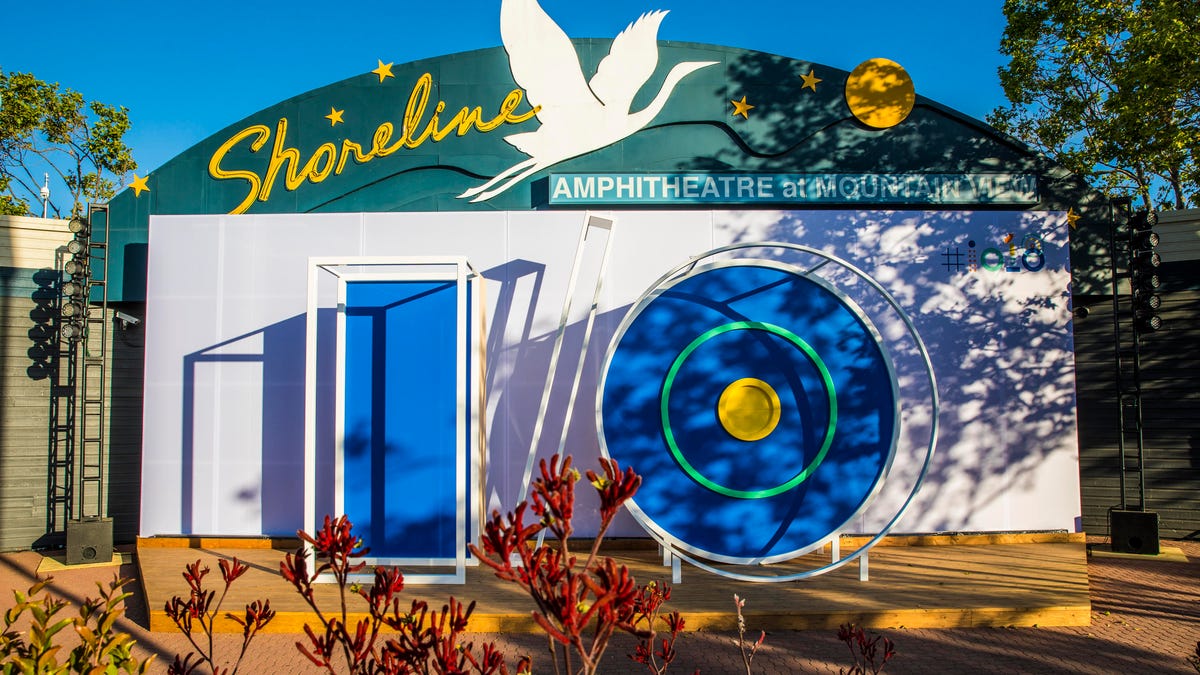The 5 best things from Google I/O this year
These are the updates that you'll use most.

Google I/O, the Big G's annual developer conference, crammed in a mind-boggling number of demos and announcements to show off advancements in everything that the tech behemoth touches. These are the changes that'll you'll use every day on your phone, your work and your home.
The most important updates come to Google Assistant, Android, Google Maps and AR.
Google Assistant wowed us with lifelike voices
Google Assistant stole the show at I/O 2018. In addition to announcing a ton of useful features for its voice controlled digital helper, Google showed off Duplex. Holy crap, Duplex. If you haven't seen it in action yet, please watch this.
Basically, if you want a table at a restaurant, your digital assistant will soon be able to call the restaurant and make the reservation for you. It even sounds like a human. It's also more than a little scary and still very experimental at this stage, but it was stunning to behold and it's cool to think about what it could mean for the future of artificial intelligence.
Other, less experimental features, include a more visual display on phones, fully customizable grouped commands called routines, and new voices for the Assistant including John Legend. Plus, Google Assistant will now work more seamlessly with smart home devices like large appliances, smart speakers like Google Home won't require you to say the wake words for follow up questions, and it'll even help you enforce manners with your kids. Google Assistant got better in the short term, and showed an ambitious vision for its AI in the future.
Android P feels like a complete Android refresh
Google's next version of Android, called Android P for now, is an ambitious overhaul that reconsiders the very way in which you use your phone. While you keep the home button and back buttons, you'll now swipe up almost every time you want to switch to a new app.
See also
Google said it made the change as a way to get rid of an extraneous button that had outlived its usefulness. Moreover, the Android teams believes that the gesture-heavy interface will make phones more fluid to use.
Android P is more than just new looks. Notifications in Android P will support pictures. You'll be able to edit screenshots right after you take them. When you highlight text, Google will predict what you want to do with it, like call a business or look up directions. It adds more shortcuts throughout the interface, and helps you get sleepy by slowly graying out your screen before you go to bed.
Google Maps helps you find yourself
Google Duplex was the big topic of discussion, but the fan favorite was Google Maps. The service, which has more than a billion users, has seemingly solved the "blue dot" problem. We've all been there: You come up from a subway station disoriented about which direction you're facing. So you turn around in circles, using the blue dot on Google Maps to try to find your bearings.
With an update to the app's walking navigation feature, Maps will use your phone's camera and arrows on the screen to help you find your way. The feature also integrates with Google Lens, the company's visual search tool, to show you information about the businesses around you, again through your phone's camera.
The Maps app is also becoming more social. A new tab called "For You" tells you about places and events in your area, tailored to your tastes. A feature called "Match Score" gives you recommendations for restaurants with a score out of 100 that predicts how much you'll like a place. It uses things like machine learning and, if you opt in, location history. And, through a tie-in with the Google Assistant, you'll be able to text someone your ETA while you're using turn-by-turn driving directions, so you can focus on the road.
Multiplayer shared AR across devices is real, and awesome
If you want to imagine what a future of floating holographic augmented-reality things will feel like when dozens of thousands of people start to use them all together, get ready, because it's coming.
Google makes it possible for Android phones and iPhones to play the same AR game together.
Google's ARCore tech for phones has a few new features, but the most amazing is called "Cloud Anchors," an ability for AR information to be shared across multiple phones... even Android to iPhone.
Light Board, a game that involved shooting missiles between two bases, shows how two players could walk around an AR experience and play at once. A Google experiment using graffiti-like scribbles explored how installation art or communal creative tools could work. The next wave of Pokemon Go, or future versions of Google Maps, could use this is in totally unexpected ways.
Google Lens gets even better AR tools for cameras
Don't blink: the ways that Google's evolving the camera app into a killer AR app using Google Lens is accelerating.
This year, Google's world-scanning smart camera tech can recognize objects and search for related things like a web browser, or scan and copy or translate text, automatically capture business cards, and give heads-up directions in Google Maps.
Google Lens is also coming to more Android phones via the native camera app. One-tap camera-based world scanning could end up being the sort of tech that heralds in a world of AI-assisted AR in ways that Google Glass could only dream of.







